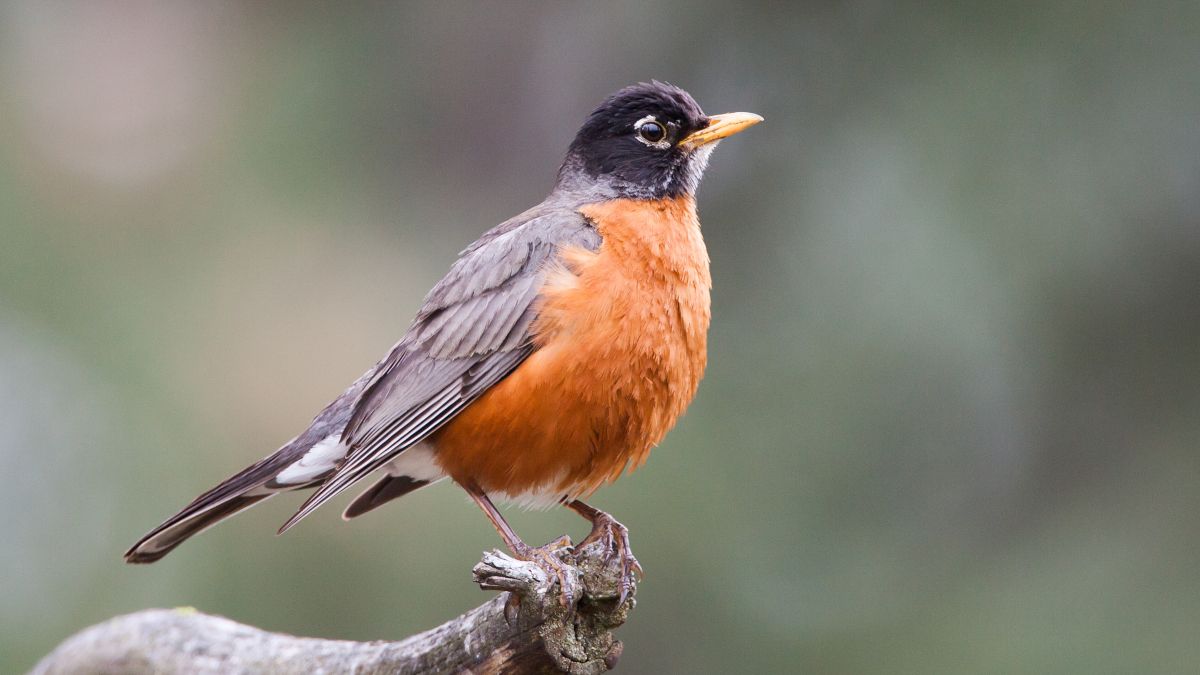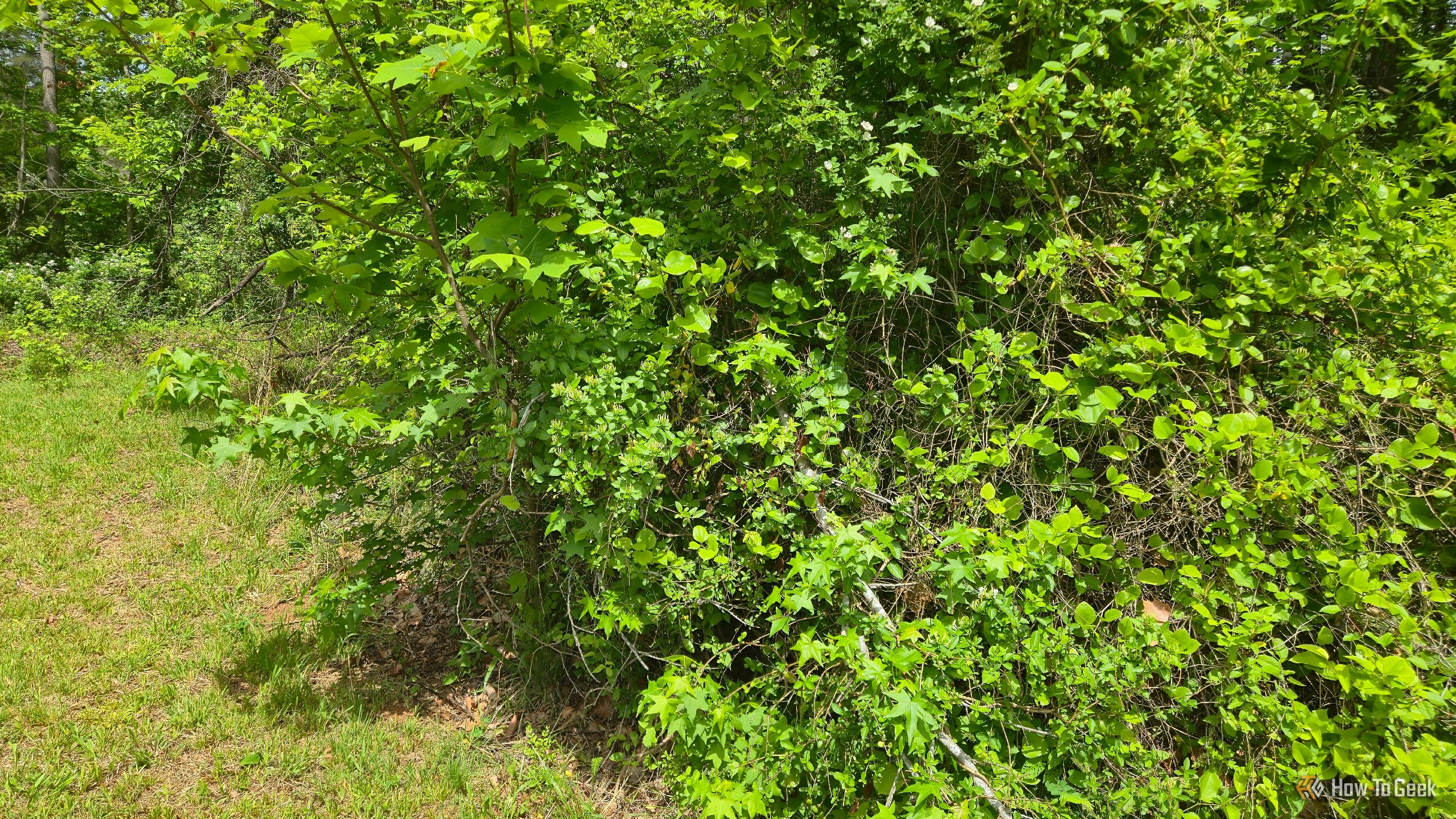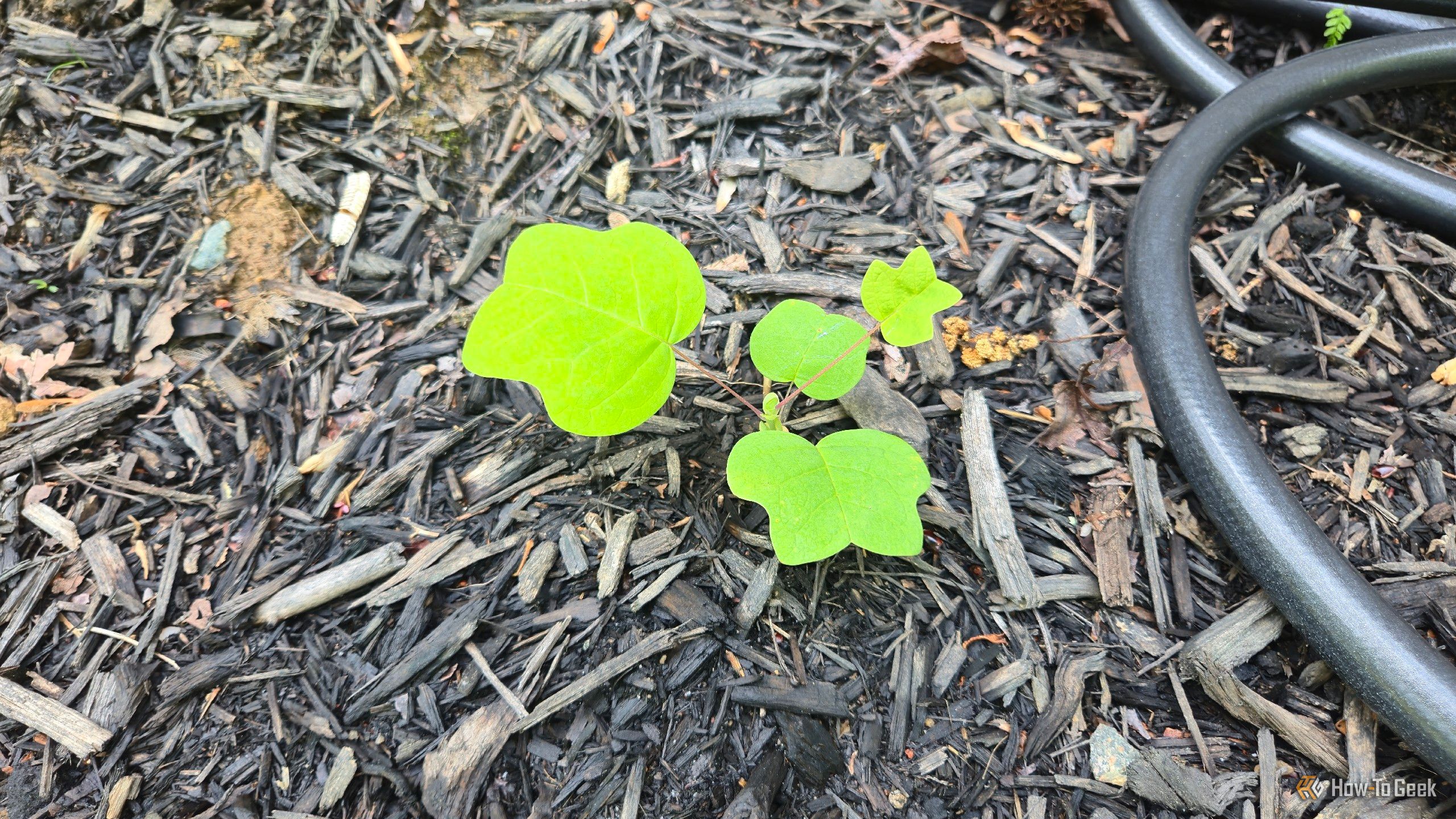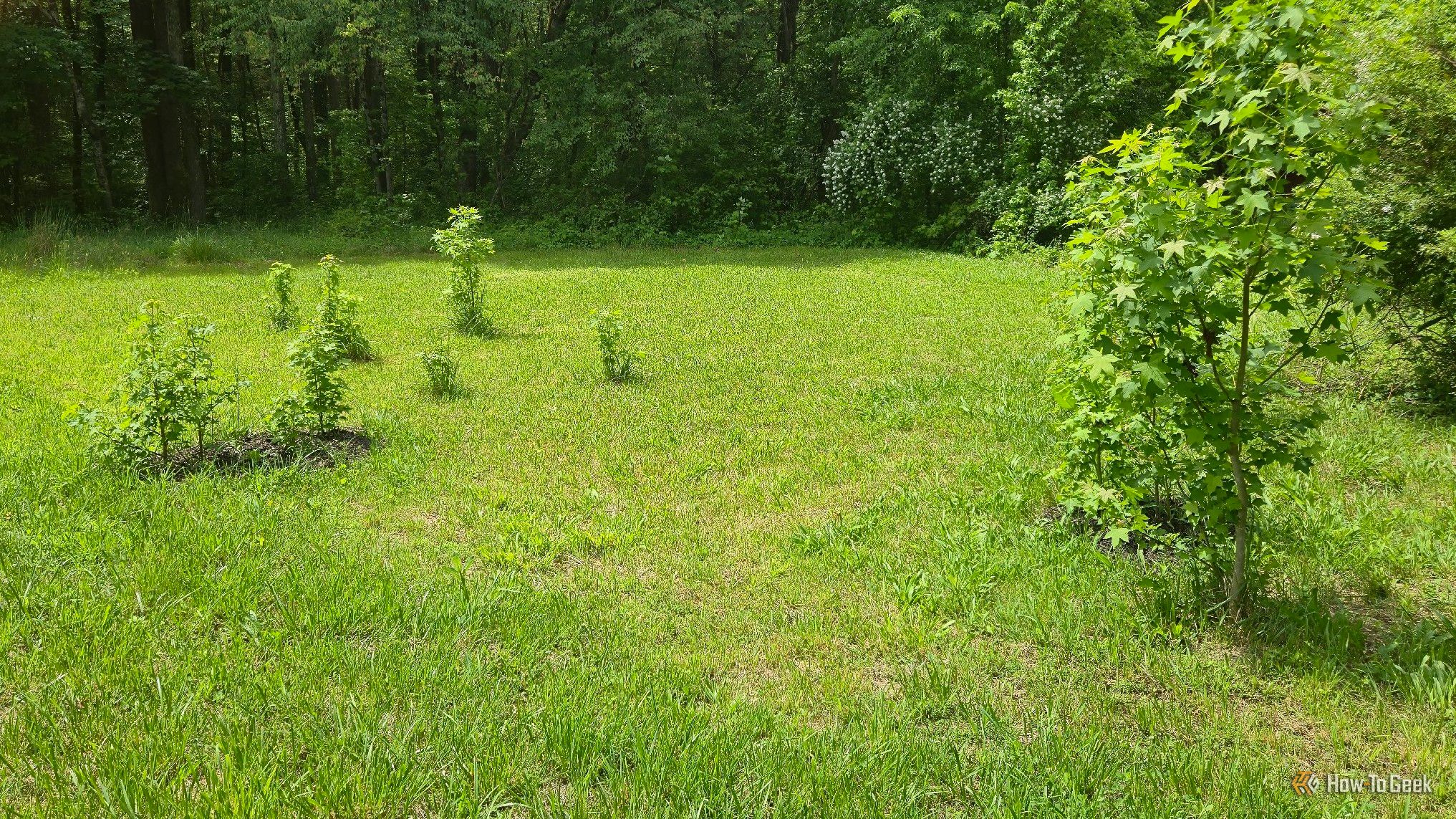As winter turned into spring this year, my phone played a fundamental role in my relationship with all the life growing around my home.
I rely on the PictureThis app, which a friend and mentor who works in conservation recommended to me. It allows me to aim my phone at a plant, take a picture, and have it tell me what that plant is. Here’s how I’ve put it to use.
1
Name the Plants Growing Around My Home
For most of my life, plants have functioned as green scenery. I couldn’t tell you the difference between one tree and the next. Now as I move through the world, I can identify much of what I see growing around me, all from taking the time to photograph and read about plants as I come across them.
This has fundamentally transformed my relationship with the rest of the natural world. After all, knowing something’s name is one of the first steps in forming intimacy. It separates a loved one from a stranger. As I look at the rich ecosystem of plants growing in the fields and woods that surround my home, I feel less like a stranger in unknown lands.
I’ve also gained practical knowledge along the way. As I walk through the woods, I’m more able to identify poison ivy. By paying attention to and scanning the plants I don’t recognize, I now feel safer as I venture off the beaten path. I have a better sense of where the actual dangers lie, rather than a vague fear born from not knowing. Knowledge really is a form of power.
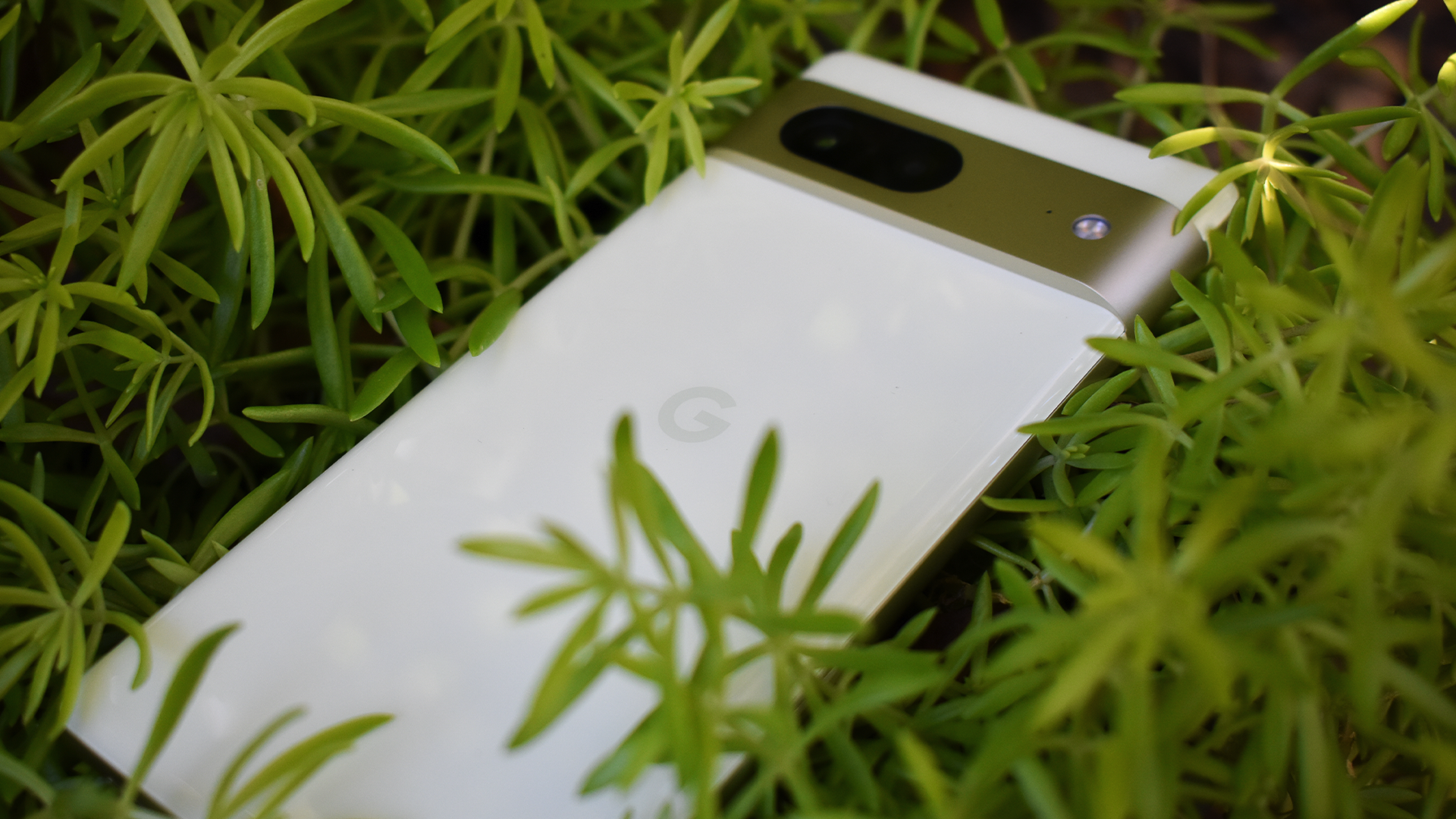
Related
5 Best Plant Identifier Apps for Android
Want to know whether to pot, eat, weed, or avoid a plant? Start by knowing its name.
2
Learn Which Plants Are Native
It has been a long desire of mine to plant naive plants. The issue is that it’s hard to walk into a nursery and separate the natives from the non-natives. Many simply don’t sell natives, or they have only a few tucked away in a dedicated section. The likelihood of finding them in a big box store is especially low, given the size of their distribution networks.
It seems obvious in retrospect, but having a plant identifier app has shown me that the best way to discover natives is to learn the plants growing in my region.
When we moved into our current home, I knew we had a mix of evergreen and deciduous trees around our home. By using PictureThis, I’ve since learned that we have at least five species of trees growing within our property line.
Underneath the trees there are a rich range of shrubs and vines. PictureThis tells me which plants sustain which forms of life. When we first moved in, our yard had plenty of milkweed for monarch butterflies. Many of the remaining plants provide habitats for bees and birds.
bird calls
3
Pinpoint Which Plants Are Invasive
I originally had the feeling that we put that in order to have the thriving ecosystem around my home, all I had to do was leave things alone. I’ve since learned that it’s not so simple. One of the plants prevalent in various spots around my home isn’t actually native to Virginia. Multiflora rose has spread throughout parts of the tree line and is growing taller than some of the trees. It grows around and through them, ultimately killing the trees as it outcompetes them for water and sun.
There are other species that are native yet still quite aggressive. I may want to see the yard turn into a meadow with flowering shrubs and native trees, but I’m more likely to end up with giant, impassable patches of mature vining plants like Japanese honeysuckle, greenbrier, and bindweed. You can see one such patch below.
At first glance, this photo just looks like a sea of green. PictureThis shows me there are over half a dozen species present in this photo, including two trees and four vining plants. Here’s a gallery showing what it’s like to snap pictures of them.
PictureThis has educated me on each one of these plants, showing me where I can go hands off and where I will need to do landscaping if I want to expand a thriving forest.
4
Learn How to Successfully Transplant Plants
Since moving into our current home, I’ve witnessed how quickly forests grow. Trees want to propagate, and if left alone, they will do just that. PictureThis has helped me spot baby tree saplings, showing me what seems obvious in retrospect—you can identify trees by the shape of their leaves. A baby tree may be as tall as grass, but it will have the same leaf shape as mature trees.
Tree saplings tend to appear within one or two dozen feet of their patent tree. Some adventurous seeds may be able to catch a particularly gusty breeze as they fall from a branch and land even further away. I’ve noticed hundreds of young trees growing around my home. The treeline behind our house will be at least ten feet closer in a decade if I allow all the saplings I’ve seen to grow right where they are.
Our yard is almost entirely private, but there are a couple of spots where we can see the neighbors. I can dig up saplings in the spring or fall while they’re dormant and move them to fill in those gaps. As native plants, they require virtually no care from me after that. As long as I don’t accidentally mow over them and make sure to keep aggressive plants away, they’ll grow just fine on their own.
I don’t claim to be an expert. I hope to take gardening classes some day, and I’d love to learn more about landscaping from someone who does this professionally. Yet compared to where I started, using PictureThis alone feels like I have attended several courses on how to identify and care for plants. It is easily one of the most impactful apps I have ever installed.
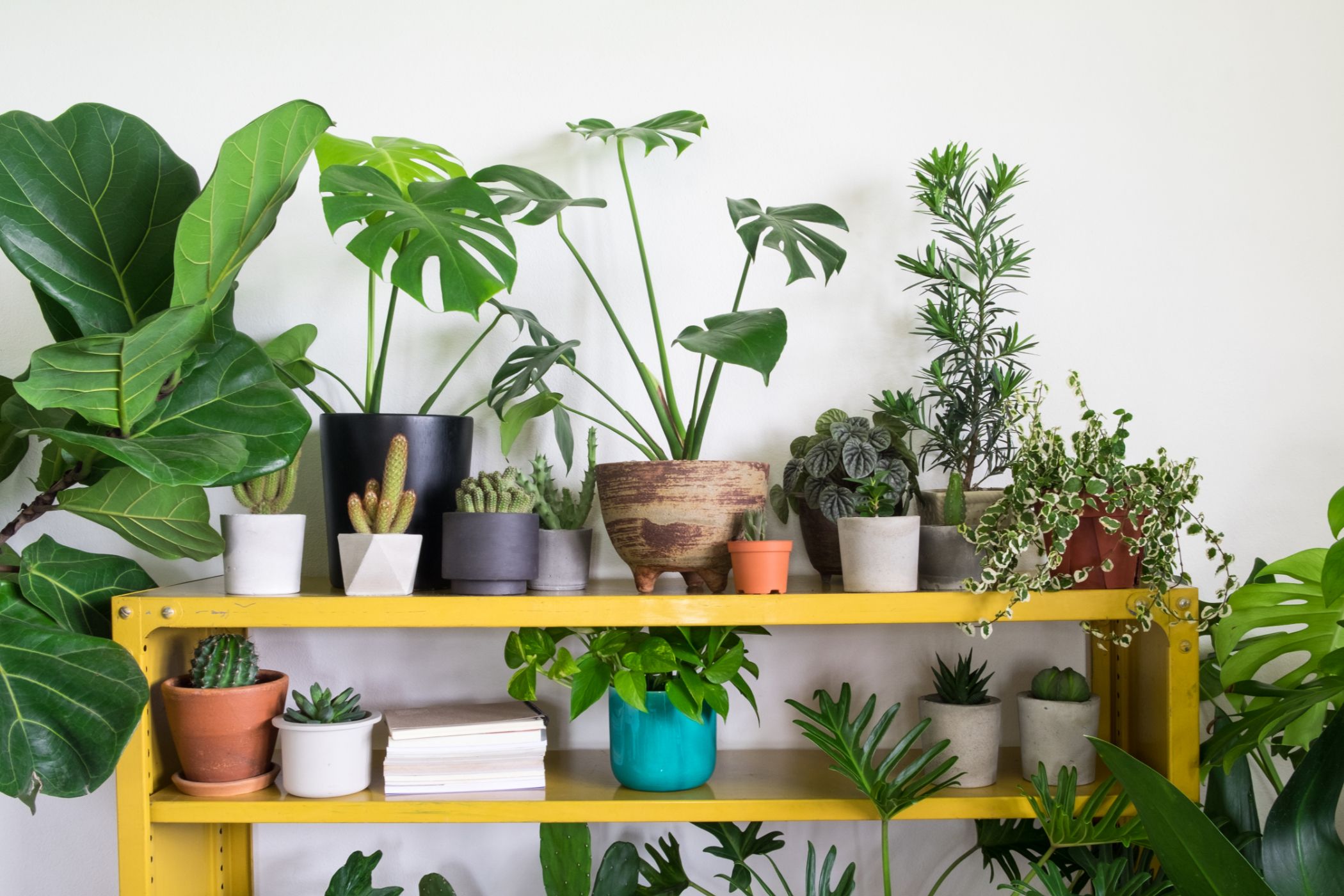
Related
Tired of Killing Your Potted Plants? Here’s How NFC Tags Can Help
Use NFC tags to trigger an automation that logs when you’ve watered a plant.


